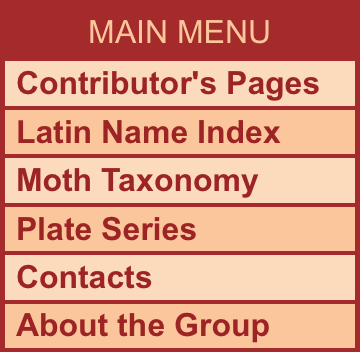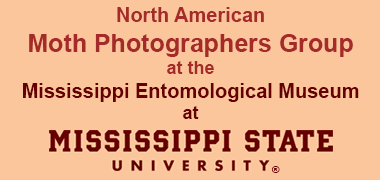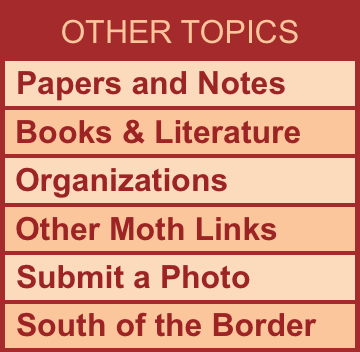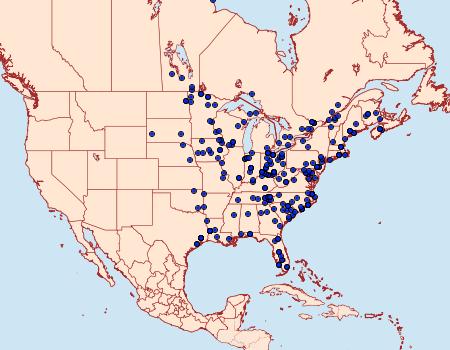Erebidae
930219 –
8045.1 Crambidia pallida
Packard, 1864
|
|
|
| Photographs are the copyrighted property of each photographer listed. Contact individual photographers for permission to use for any purpose. |
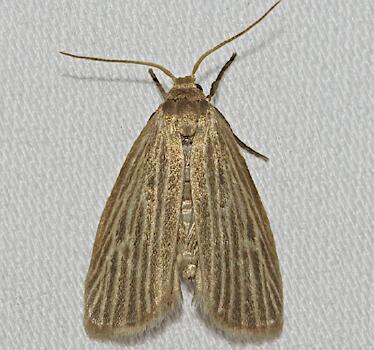
© Carol Wolf
|
Larva and
Host Plants: |
Host familiy: Chaetophoraceae[Protococcaceae][Algae] Lichens[none_specified]. Host genera: Lichens Protococcus[Algae]. Notes: Lichens (Beadle & Leckie 2012). (Shropshire & Douglas 2025) |
Description/
Field Marks: |
Both sexes have ciliate antennae. Strong light colored bar at the distal end of the forewing cell, paler ground color, and larger size usually separates this from uniformis. Wingspan = 20-25 mm (Forbes 1960). |
| Similar Species: |
- 930218 Crambidia lithosioides: ♂ has pectinate antennae (bristles on each segment thickened in the basal half, not threadlike throughout); ♀ has serrate antennae. Wingspan: ♂ = 12 mm, ♀ = 18 mm (Forbes 1960).
- 930220 Crambidia uniformis: ♂ has ciliate antennae; ♀ has filiform antennae. Wingspan = 18 mm (Forbes 1960).
- Pinned specimens of related species. (Hint: select View by Region on the related species page.)
|
| Synonymy: |
pallida Packard, 1864 (Crambidia) - MONA 1983: 8045.1; TL: ♂ Mass.; ♀ Brunswick, ME. |
|
| References (Caution: DNA barcoding at BOLD provides evidence of relatedness, not proof of identification; some BOLD specimens shown may not be sequenced.) |
- Barcode of Life (BOLD) - Caution: Identifications often erroneous; DNA barcode provides evidence of relatedness, not proof of identification; many specimens not sequenced.
- Forbes, W.T.M., 1960. Lepidoptera of New York and Neighboring States Part IV. Agaristidae through Nymphalidae Including Butterflies. Cornell University Agriculture Experimental Station Memoirs, 371: 43.
- Hall et al., 2021. The Moths of North Carolina - website (identification, habitats and life history)
- Packard, A.S., 1864. Synopsis of the Bombycidae of the United States. Proceedings of the Entomological Society of Philadelphia, 3: 99.
- Shropshire, K.J. & D.W. Tallamy, 2025. Lepidoptera of North America, north of Mexico: an annotated list containing geographic ranges and host-plant records. ZooKeys, 1261: 101-113; Suppl. 1. (PDF or read online)
- Species Page at Block Island Moths
- Species Page at BugGuide.Net
- Species Page at Mass Moths
- Species Page at iNaturalist
|
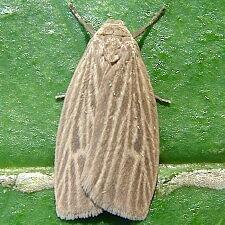
© Machele White
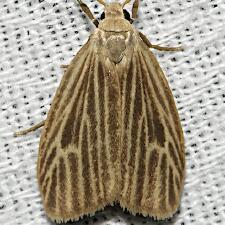
© Carol Wolf
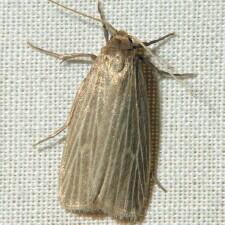
© Forest Barnas
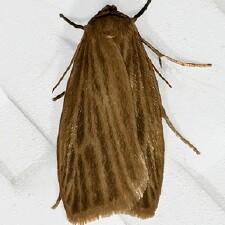
© Nolie Schneider
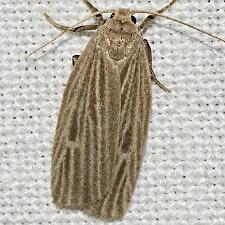
© Robert Zimlich
|
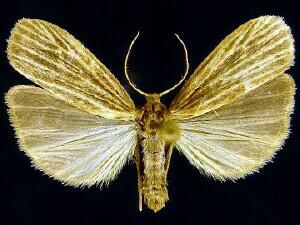
21mm – © Jim Vargo
|
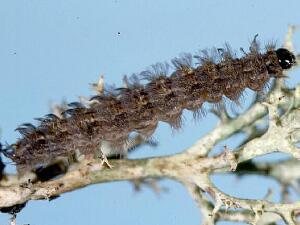
© Canadian National Collection LG
|
